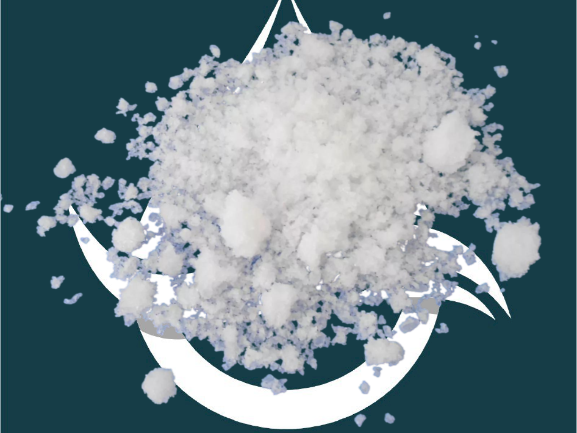Introduction
Ammonium bifluoride (ABF) is a versatile compound that finds numerous applications in various industries due to its unique chemical properties. This essay aims to explore the multifaceted applications of ABF, emphasizing its role in analytical chemistry, metal surface treatment, glass etching, nuclear power, and as a reagent in organic synthesis.
:Analytical Chemistry
Ammonium bifluoride (ABF) plays a crucial role in analytical chemistry, serving as a reagent for dissolving traces of silicates and borates. It effectively eliminates the interferences caused by these substances when analyzing samples. Its solubility in aqueous solutions allows for straightforward sample preparation, making it a valuable tool for quantitative analysis in research laboratories and quality control processes.
Metal Surface Treatment
In the realm of metal surface treatment, Ammonium bifluoride (ABF) acts as an effective cleaning and etching agent. Its ability to remove oxide layers and contaminants from metal surfaces helps ensure better adhesion during subsequent plating, coating, or bonding processes. Consequently, this improves the durability, aesthetics, and functionality of various metal-based products, ranging from automotive parts to electronic devices.
:Glass Etching
Ammonium bifluoride (ABF) finds extensive use in the art and glass industry. With its strong acid properties, ABF serves as an etching agent for glass materials. By selectively dissolving the surface layers of glass, intricate and decorative patterns can be created. Its controlled application allows for the production of exquisite glassware, artistic glass sculptures, and customized glass signage.
Nuclear Power
The nuclear power industry utilizes Ammonium bifluoride (ABF) as a primary compound for fluoride volatility processes. ABF plays a crucial role in the separation of uranium and plutonium, aiding in the production of nuclear fuel. Its ability to efficiently complex with metal ions facilitates the purification and isolation of these crucial elements, contributing to the production of sustainable and clean energy.
Reagent in Organic Synthesis
In organic synthesis, ABF serves as an important reagent for various reactions. It is widely used in the synthesis of fluorine-containing compounds, such as pharmaceuticals, agrochemicals, and flame retardants. ABF’s fluorination capabilities enable chemists to introduce fluorine atoms selectively, enhancing the bioactivity, stability, and other desirable properties of target molecules.
Ceramic Industry
Ammonium bifluoride (ABF) finds application in the ceramic industry, primarily as a glazing agent. Its ability to promote adhesion and improve surface properties facilitates the creation of vibrant and durable ceramic products. ABF promotes the formation of a smooth, glossy layer upon firing, enhancing the aesthetic appeal and durability of ceramic tiles, pottery, and sanitary ware.
Water Treatment
Ammonium bifluoride has a critical role in water treatment processes. ABF acts as a coagulant, aiding in the removal of suspended solids, turbidity, and dissolved particles. It finds application in wastewater treatment plants, where it helps improve the clarity and quality of water for both industrial and domestic use.
Textile Industry
In the textile industry, Ammonium bifluoride (ABF) serves as an effective fabric dyeing auxiliary. Its acid properties improve the uptake and fixation of dyes onto fabric, enabling vibrant and long-lasting coloration. By effectively supporting dyeing processes, ABF ensures textile products retain their color integrity, even after repeated washing and exposure to environmental stressors.
Polishing and Surface Cleaning
Ammonium bifluoride (ABF) is widely used as a polishing and surface cleaning agent for various materials. Its mild abrasive properties enable the removal of stains, tarnish, and oxide layers from metal, stone, glass, and ceramics. With its non-toxic nature and gentle action, it is a sustainable alternative to other harsh chemical cleaning agents, ensuring efficient surface maintenance while minimizing environmental impact.
Glass Fusing and Enameling
Lastly, ABF plays a vital role in the technique of glass fusing and enameling. When applied to specific areas of glass objects, ABF acts as a barrier, preventing the adhesion of glass during firing. This allows for selective fusing, creating intricate designs and patterns. Additionally, ABF is employed as a flux in enameling, promoting adhesion between the glass and decorative materials like enamels or metal foils.








